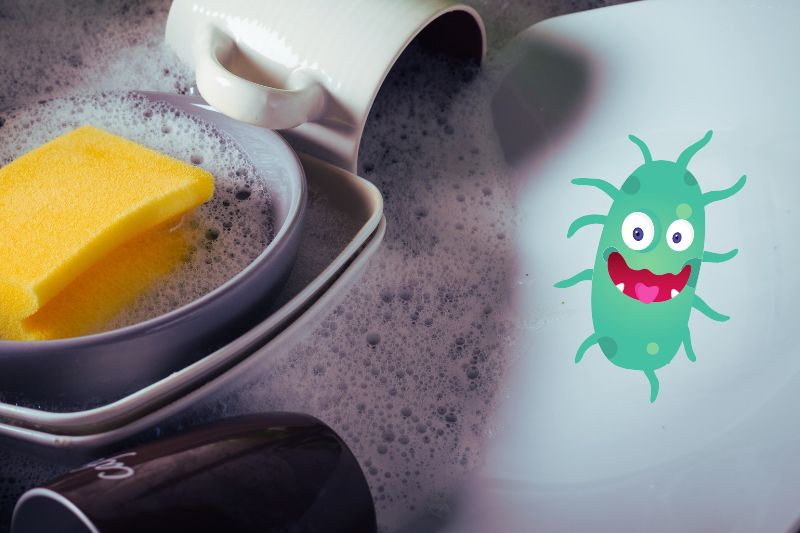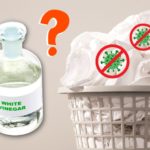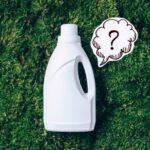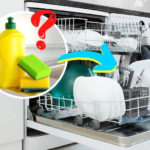Washing up liquid is specifically designed to remove all the dirt and grime from your dishes so they can safely be reused.
An important part of this is ensuring most, if not all, bacteria are removed from the dishes. But does washing up liquid kill bacteria?
Unfortunately, not all washing-up liquids kill bacteria. Some formulas will include enzymes or bleaching agents that destroy bacteria and viruses, but most simply allow the harmful molecules to be washed away. However, this leaves your dishes safe to use, so the result is generally the same.
In this article, we will go over the science behind washing up liquid so that you can better understand how it removes bacteria from your dishes.
We also examine whether antibacterial washing up liquid is worth the extra cost, how to wash your dishes more effectively, and other ways this soap can be used around the home.
How Does Washing Up Liquid Work?
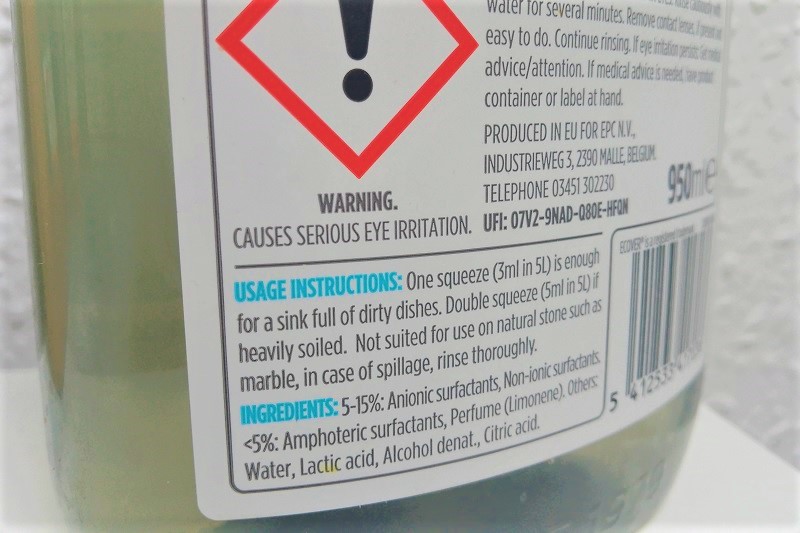
The main active ingredient found in washing up liquid is detergent. Detergents have a particular structure with a distinctive head and tail, allowing dirt and bacteria on your dishes to dissolve in water and be washed away.
While the heads of detergent molecules are hydrophilic (water-loving), the tails of these molecules are hydrophobic (water-repelling).
When washing up liquid is exposed to water, this unique structure means that groups of molecules come together to form a circular supermolecule called a micelle—essentially a spherical structure.
The heads of all the molecules remain in contact with the water and form a protective barrier around the tails on the inside of the circle.
Most of the dirt and bacteria on your dishes are also hydrophobic. To avoid the water they have been submerged in, these particles make their way inside the micelles that have formed from the washing up liquid.
The detergent tails then attach themselves to the particles, making them water-soluble and allowing them to be washed away.
This is the same process that occurs when you use hand soap to clean your hands.
As such, you can use hand soap to wash your dishes if you ever run out of washing up liquid.
However, we don’t advise doing this regularly as hand soap will contain fragrances and moisturising ingredients not designed for dishwashing.
Is Antibacterial Washing Up Liquid Better?
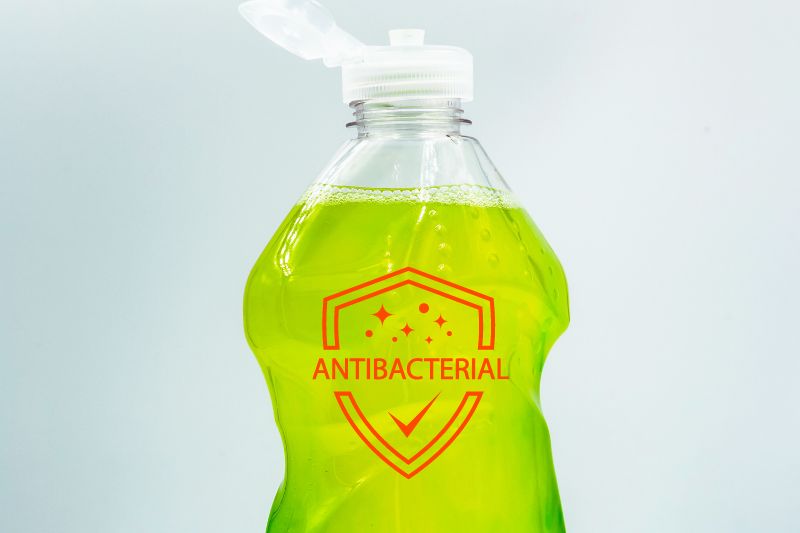
When a bottle of washing up liquid is labelled as “antibacterial”, many people assume it is better at removing dirt and bacteria from your dishes. However, this isn’t necessarily true.
Standard bottles of washing up liquid will remove the bacteria from your dishes just as well as an antibacterial one would.
The only difference is that regular washing up liquid removes bacteria by washing it down your drain, whereas antibacterial detergents actively kill bacteria.
In fact, some research suggests that antibacterial washing up liquid is actually less effective at cleaning dishes!
If you want to give an antibacterial washing up liquid a go, Fairy Antibacterial is generally a good choice. Although it doesn’t claim to wash your dishes any more effectively, it does help to reduce bacteria buildup on your sponge, which is also highly important when washing your dishes.
Correct Washing Up Technique
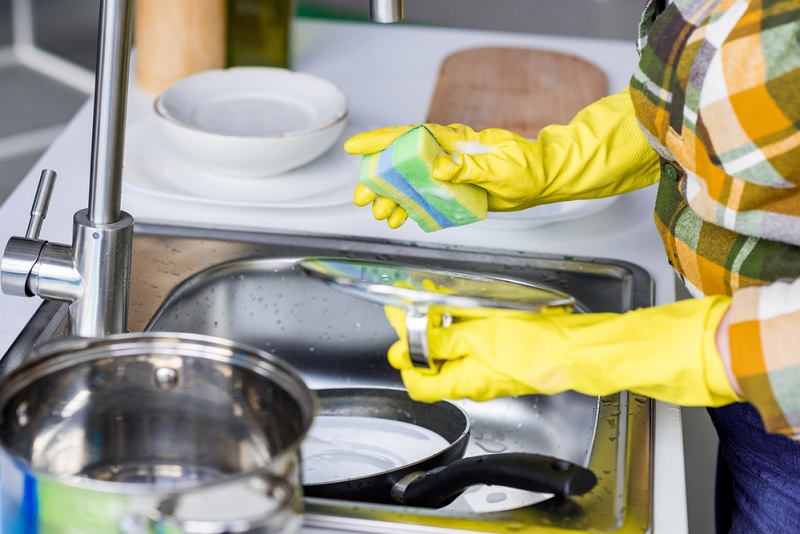
While washing up liquid, antibacterial or regular, can be a powerful tool for removing dirt and bacteria from your dishes, it’s important that you use the proper washing techniques for the best results.
Four main factors will influence how effective your washing up liquid is. These are as follows:
- Washing up liquid to water ratio: No matter how great your washing up liquid is, it cannot do its job properly if you’re not using enough of it. The recommended dose will differ for each brand, but we suggest using roughly 5 ml of washing up liquid for every 5 litres of water.
- Scrubbing action: The friction produced when scrubbing your dishes plays an important role in lifting microbes from their surface. Ensure you thoroughly scrub all your dishes with the washing up liquid so that all dirt and bacteria are targeted and washed away.
- Water temperature: When washing your dishes, always wear rubber gloves to protect your hands and use as high a water temperature as possible without causing yourself any harm. This will increase the chances of any viruses becoming denatured and destroyed.
- Cleanliness of your scrubber: Ensuring your sponge is free of bacteria is just as important as removing the microbes from your dishes. The easiest way to keep your sponge clean and bacteria-free is to replace it every week or throw it in the dishwasher. However, antibacterial washing up liquid may also be used to clean the sponge after use.
What Else Can Washing Up Liquid Be Used for?
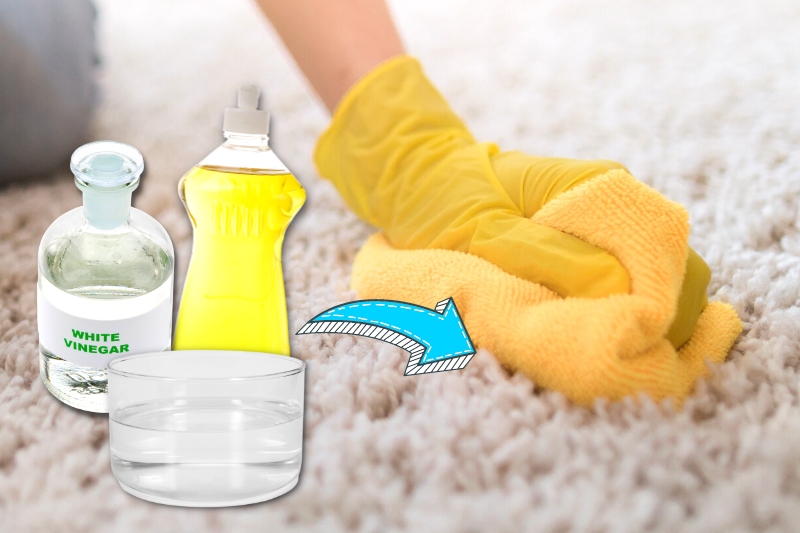
Although washing up liquid is primarily used to wash your dishes, its cleaning properties can also be used for other tasks around your home. Some of the most useful ways to use it are as a:
- Stain remover: Washing up liquid is gentle enough that it can be used to spot-treat stains on delicate fabrics that may be damaged by other stain removal techniques. For the best results, gently rub it into the stain and leave it to sit for a few minutes before rinsing with cold water.
- Kitchen and bathroom cleaner: When you need to quickly freshen up your kitchen or bathroom, washing up liquid is a great option. Apply a little to a damp sponge and wipe it over any dirty surfaces before rinsing away the soapy residue. This is particularly useful for marble and granite surfaces that can be easily damaged by chemical cleaners.
- Window cleaner: Diluting one tablespoon of washing up liquid in a bowl of warm water will leave you with a highly effective window cleaner. Ensure you don’t make the solution too bubbly, as this can cause filmy streaks to form on your windows once the cleaner has dried.
- Multipurpose cleaning spray: If you want to create a homemade cleaning spray that can be used all over your home, washing up liquid is a cheap and easy solution. Simply add a few drops of the soap to a spray bottle of water and give it a good shake to combine the two.
- Toilet declogger: When faced with a blocked toilet, try pouring half a mug of washing up liquid in the bowl to rectify the issue. Leave the soap to sit for 30 minutes before pouring a bucket of hot water into the bowl from waist height. After 10 minutes, you should be able to flush the toilet as usual, but you can repeat the process if necessary.

Hannah has a passion for cleaning. She worked her way around Australia by cleaning hostels in exchange for free accommodation and used her cleaning skills to bag a job as a chalet host for a luxury ski company in France.
